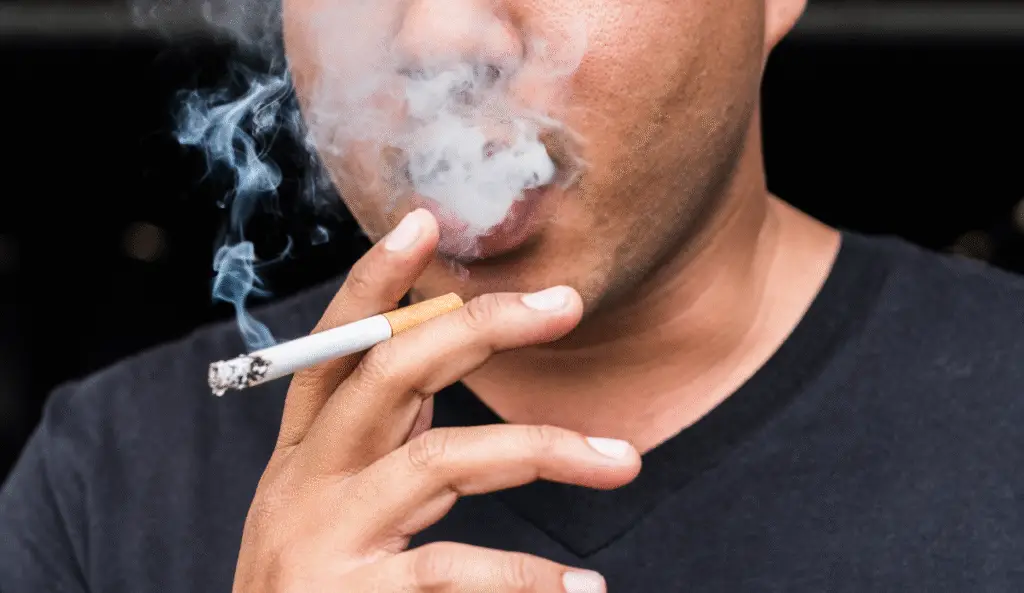How Chopping Vegetables Has Quietly Eased Anxiety for Decades, Backed by Science

- Repetitive chopping engages brain regions that regulate emotions, interrupting worry cycles as shown in recent studies.
- Rooted in 1970s mindfulness programs, this kitchen ritual offers sensory grounding for stress management.
- Experts highlight its accessibility, turning everyday meal prep into a tool for building mental resilience.
People often overlook the kitchen as a space for mental restoration. Yet for many, the simple act of chopping vegetables serves as a powerful anchor during turbulent times.
This practice, drawing from ancient traditions adapted in modern psychology, has provided relief to those grappling with persistent worries.
Its roots extend back to the late 1970s, when Jon Kabat-Zinn developed Mindfulness-Based Stress Reduction at the University of Massachusetts, incorporating Buddhist-inspired techniques to address suffering through everyday actions.
By the 1990s, as awareness of workplace stress and burnout surged, individuals began applying these principles to household tasks, finding calm in the rhythm of a knife on a cutting board.
Consider the experience shared by food writer Lila Volkas, who turned to vegetable preparation during sleepless nights plagued by racing thoughts.
Waking early with a mind full of to-do lists and regrets, she gathered carrots, cauliflower, and zucchini, then focused on precise cuts.
The process shifted her attention to the present, transforming anxiety into a state of grounded focus.
Such stories illustrate how this method has evolved quietly over decades, offering a practical alternative to seated meditation for those who prefer active engagement.
The mechanics behind this relief involve neurological shifts. Anxiety activates the amygdala, heightening fear responses while suppressing the prefrontal cortex, which handles emotional control.
Repetitive tasks like dicing onions or slicing peppers reactivate that cortex, fostering self-regulation and breaking rumination patterns.
Fadel Zeidan, from the University of California, San Diego’s Center for Mindfulness, notes that stabilizing the mind through such actions enhances cognitive control and teaches emotional management, even in brief sessions.
This explains why, amid global stressors like economic downturns or health crises, people report turning to these chores for solace.
In the early 2000s, as mindfulness gained traction in therapy, cooking emerged as a behavioral activation strategy.
Therapists encouraged clients to use kitchen routines to combat depression and unease, with evidence showing improved psychosocial outcomes.
Chopping, in particular, demands enough concentration to divert from worries without overwhelming the senses.
The sound of the blade meeting wood, the release of fresh scents from ginger or garlic, and the tactile feedback of firm produce all contribute to sensory immersion, pulling one away from abstract fears.
This accessibility sets it apart from formal programs. No specialized training or equipment is needed beyond a sharp knife and basic vegetables.
Volkas emphasizes starting with uniform cuts—like julienne for thin strips or brunoise for tiny cubes—to ensure even cooking, while the repetition builds a meditative flow.
She saves scraps for stock, turning the activity into a sustainable cycle that enhances feelings of purpose.
Over time, practitioners notice slower breathing and reduced heart rates, signs of the parasympathetic nervous system engaging to counter fight-or-flight responses.
As mindfulness integrated into mainstream wellness by the 2010s, articles and workshops highlighted cooking’s role in mental health.
A 2016 guide illustrated techniques for rondelles or chiffonade, framing them as paths to enlightenment through presence.
Julie Ohana, a culinary art therapist, points out that baking and chopping require setting aside distractions, making them ideal for cultivating awareness.
During the 2020 pandemic, when isolation amplified tensions, reports of “stress-baking” and similar activities spiked, with shortages of ingredients underscoring the trend’s scale.
Beyond immediate calm, the practice fosters long-term resilience. Consistent engagement rewires neural pathways, making it easier to access tranquility amid daily pressures.
One approach involves synchronizing breaths with cuts: inhale while positioning the knife, exhale on the downstroke.
This technique, drawn from mindful eating philosophies centuries old, extends benefits to the meal itself, where savoring flavors reinforces emotional nourishment.
Research from Harvard’s Nutrition Source links such intentional habits to broader well-being, reducing impulsive behaviors tied to stress.
Incorporating it into routines proves straightforward. Begin by preparing a simple soup, sautéing diced onions until translucent, then adding minced garlic and ginger for aroma.
Layer in cubed sweet potatoes and rondelle carrots, simmering with spices like cumin and turmeric for anti-inflammatory effects. This not only yields a nourishing dish but also accumulates small victories against unease.
Therapists like Jacqueline Gollan from Northwestern University stress that behavior changes brain function, positioning chopping as a bridge to balanced living.
Yet questions linger about individual variations—does the choice of vegetable influence the experience?
Firm roots like beets might demand more precision, while leafy greens offer quicker ribbons. Explorations in culinary therapy suggest yes, with earthy scents from turnips evoking stability.
By the mid-2020s, apps and blogs advocate kitchen mindfulness for diverse groups, from busy professionals to those managing chronic conditions.
A recent post described it as “moving meditation,” where the energy of fresh produce translates to inner harmony.
Volkas’s soup recipe, adaptable with chickpeas for protein, exemplifies how the end result amplifies healing, shared with others or enjoyed alone.
What draws people back, decade after decade, is the subtle transformation. On scattered days, facing a row of unchopped produce feels daunting, yet each slice rebuilds focus.
As one practitioner reflects, it unlocks forgotten doors to peace, prompting wonder about untapped potentials in other routines. Could peeling garlic hold similar keys, or mincing herbs reveal new depths?
































